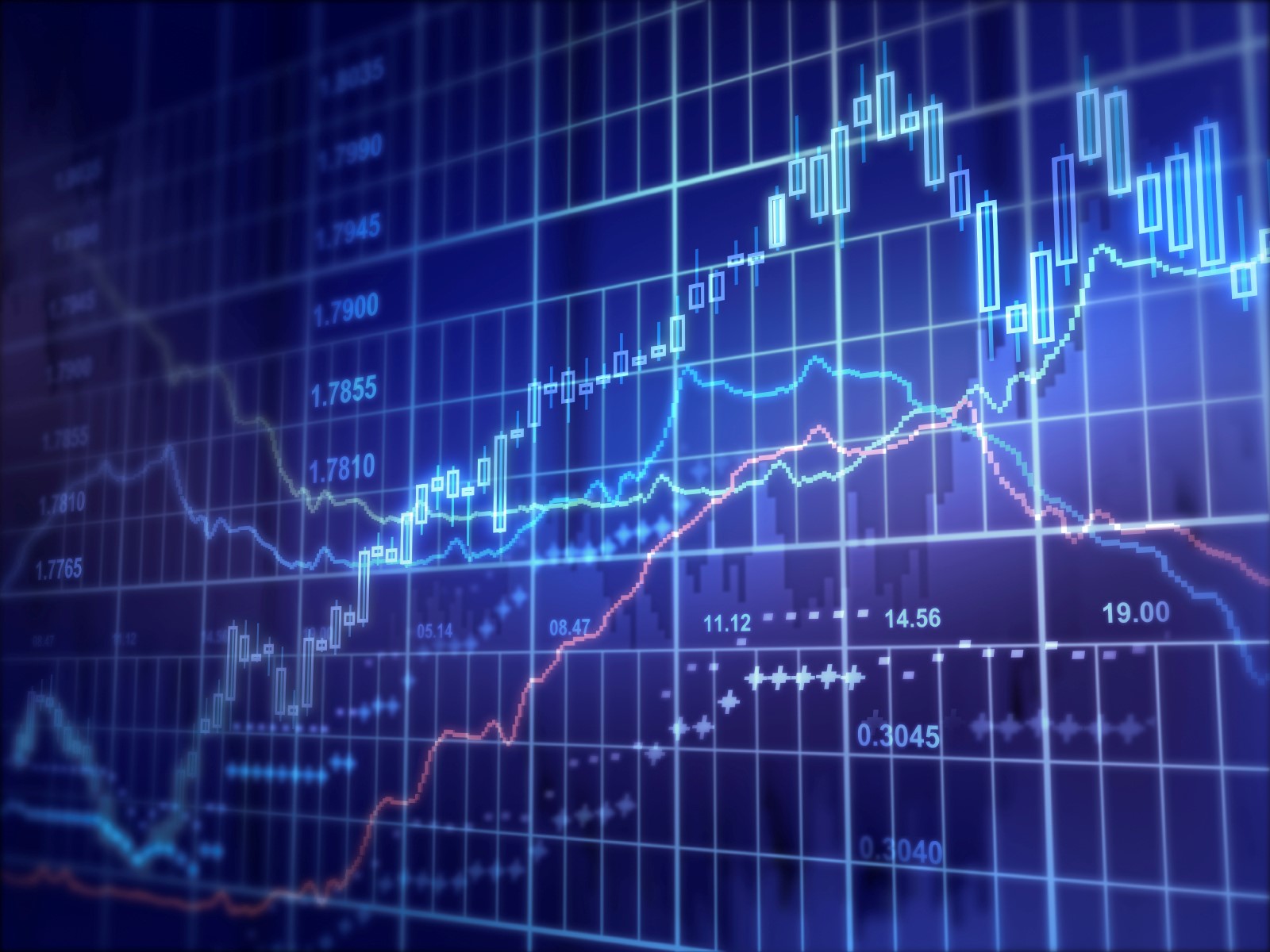
Will Oil Hit $80 This Summer?
India, the world’s third-largest oil importer, is the latest coronavirus hotspot. It has recently hit a record-breaking number of new daily coronavirus cases—a statistic that dented oil demand and pressured oil prices.
OPEC+, out of its own necessity, has intervened in the oil market on the supply side of the equation to offset the pandemic-depressed oil demand. And despite the group’s relative success at curbing oil production to prevent excess oil inventories from ballooning before the market fully recovers, India’s booming case counts have prevented oil prices from a quicker recovery.
This has put even more pressure on OPEC+ to perform to meet market expectations. But there is no doubt a shift in the momentum of the oil markets. Indeed, oil prices have recovered somewhat in recent months, and the overwhelming majority of oil experts and analysts think this trend will continue.
The question isn’t whether the market will improve. The question is how quickly will it improve, and where will that recovery peak.
Lockdowns in Europe add another unknown element into the oil price mix. A month ago, Europe renewed many of its lockdown restrictions, delaying the oil price recovery. But now, as India is in the midst of its worst COVID-19 surge since the pandemic began, Europe is getting ready to lift those lockdowns. EU officials have submitted this week a proposal to ease summer travel restrictions to its 27 nations. This will increase the demand for jet fuel—a critical component of crude demand.
In the United States, Covid-19 cases are also shrinking while the number of vaccinated grows. As a result, several U.S. states, including New York, are relaxing restrictions. All of this will have a profound effect on the price of crude oil.
But that’s not to say that all analysts agree on what this will do to oil demand, let alone what effect it will have on oil prices.
The IEA, for starters, revised up its oil demand outlook for this year on April 14. By its estimates, oil demand will now increase by 5.7 million bpd this year, reaching 96.7 million bpd. The reason for this upward revision was due to increases in the IEA’s oil demand forecast for the United States and China—the two largest oil importers in the world.
CFDs are complex instruments and come with a high risk of losing money rapidly due to leverage. 74-89% of retail investor accounts lose money when trading CFDs. You should consider whether you understand how CFDs work and whether you can afford to take the high risk of losing your money.
As of April 6, the EIA saw global oil demand at 97.7 million bpd this year. Compared to Brent prices that were near $65 per barrel in March, the EIA sees not much movement in the price of Brent, estimating $65/barrel in Q2 2021, $61 per barrel in H2 2021, and even worse–$60 per barrel in 2022.
Not even a week ago, Rystad Energy adjusted its oil demand for April down by almost 600,000 bpd. For the month of May, it revised it down by 914,000 bpd, citing India’s demand problems as a result of the pandemic—a situation that would no doubt result in a new inventory glut.
But not everyone is so pessimistic. Goldman Sachs sees things as much rosier, with oil reaching as much as $80 this summer. Its rationale for this positive outlook on oil prices is simple. “The magnitude of the coming change in the volume of demand—a change which supply cannot match—must not be understated.”
Rystad analyst Louise Dickson said that oil demand should still increase by 3 million bpd between now and the end of June, India troubles or no. According to her, oil prices should make their way back to $70 per barrel in the coming months.
UBS sees vaccine rollouts as a major positive for the oil industry. As people return to normal activities and businesses fully reopen, oil demand will cause Brent to increase to $75 per barrel in H2, according to analyst Giovanni Staunovo.
Moody’s has a rather positive view of the timing of an oil price rebound as well, citing pent-up consumer demand that will propel forward a global economic recovery. But their medium-term price range is still capped at $65 per barrel. Moody’s sees this economic recovery as hastening a rebound in oil demand through the end of this year and the beginning of next year.
The outlook may be uncertain, but the current trend is definitely one of drawing down oil stocks—a sign of increased oil demand while OPEC+ continues to restrict output. In the highly visible U.S. oil market, for example, commercial crude inventories have finally retreated back to the five-year average for this time of year at 493 million barrels.
India’s virus explosion will not prevent an oil price recovery. But it very likely that it will slow the recovery well into the second half of this year or even the beginning to middle of next year.
If that turns out to be the case, that’s a long time for OPEC+ members to continue their output restrictions while demand takes its sweet time recovering.
Oil price, by Julianne Geiger, May 13, 2021
